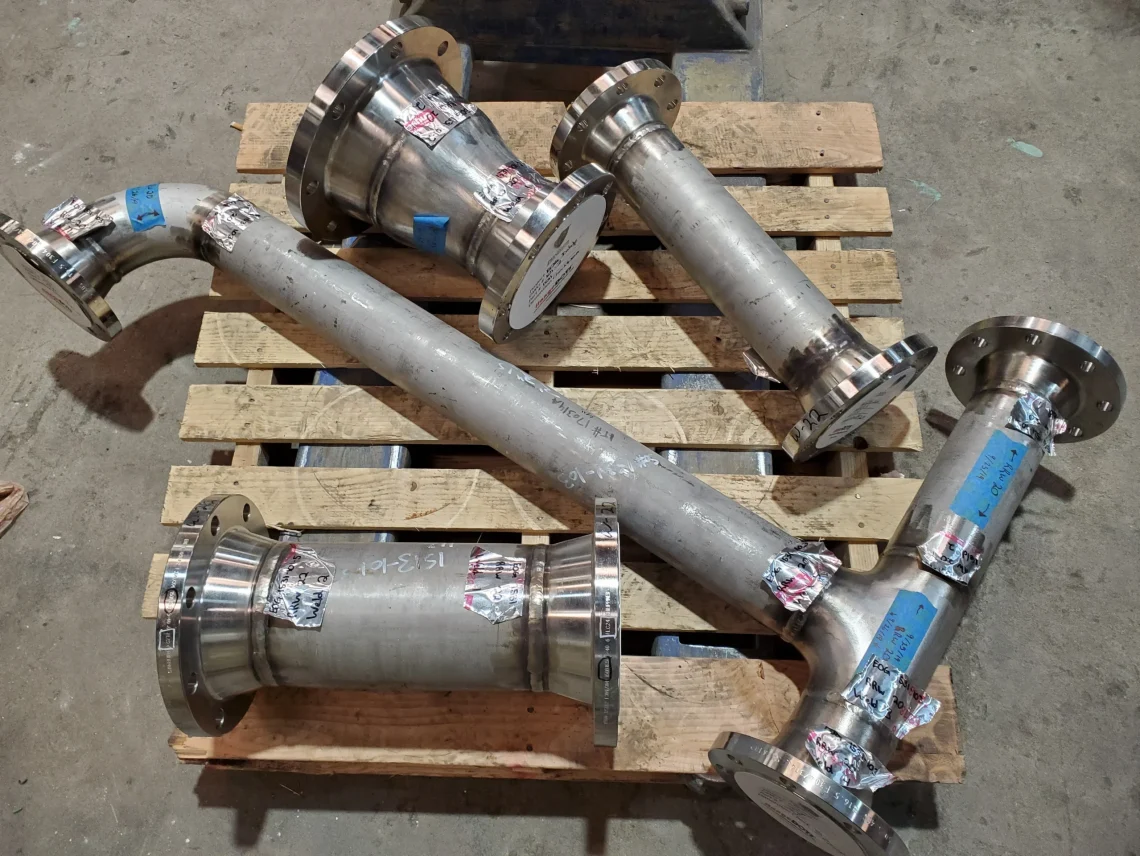A machinist’s primary role is to create precise, individual metal components using machinery like CNC mills, lathes, and grinders. They work with blueprints and detailed specifications to ensure each part meets strict measurements and tolerances. Their focus is on accuracy, precision, and quality, often using advanced tools and techniques to produce parts for industries like automotive, aerospace, and manufacturing. The parts they create are crucial in ensuring that larger systems or machines function properly and efficiently.

